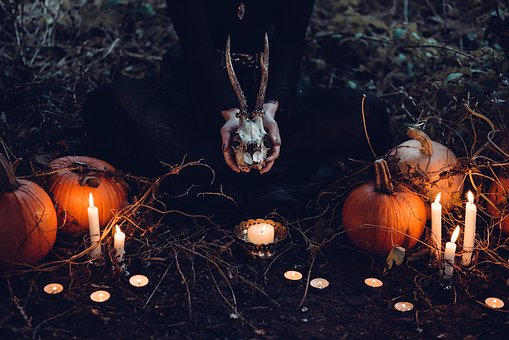*Aquamarine*
*Aquamarine is especially recommended for the respiratory paths, bronchitis, lungs and neck area. It protects from chills, inflammation of the larynx and strengthens the vocal cords. It firms-up the heart and helps prevent myocardial infarction. It strengthens the entire immune system and the thymus. It is useful for treating allergies and weepy eyes, as well as for the nerves, thyroid gland, and blood illnesses.
Continue reading “*Aquamarine*”







